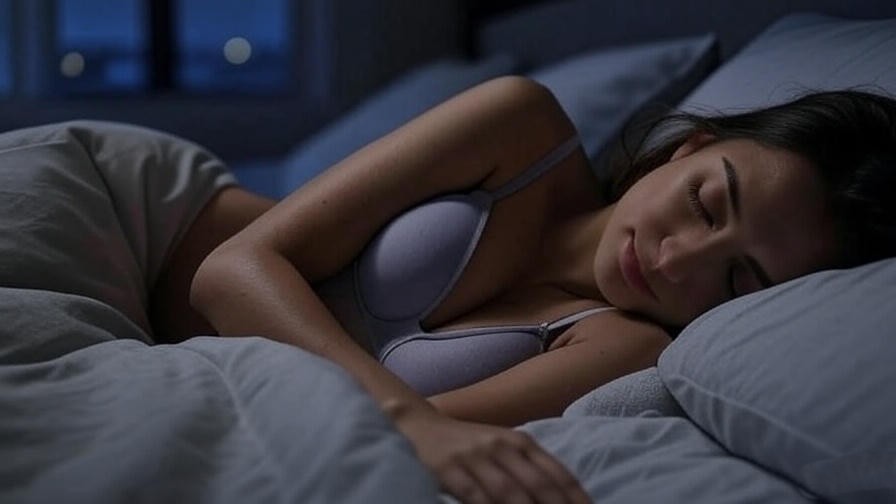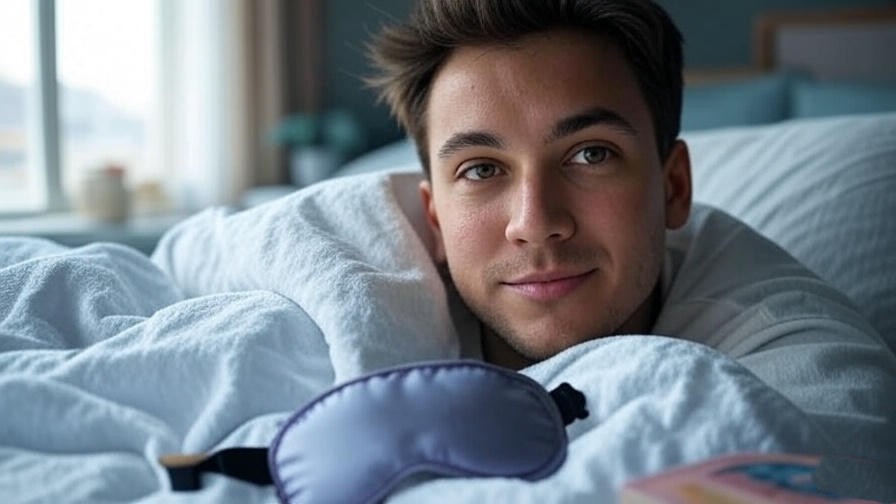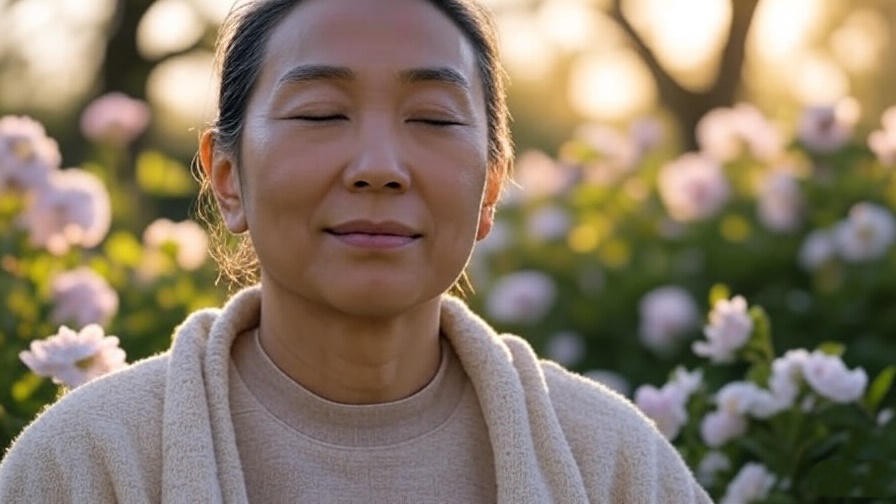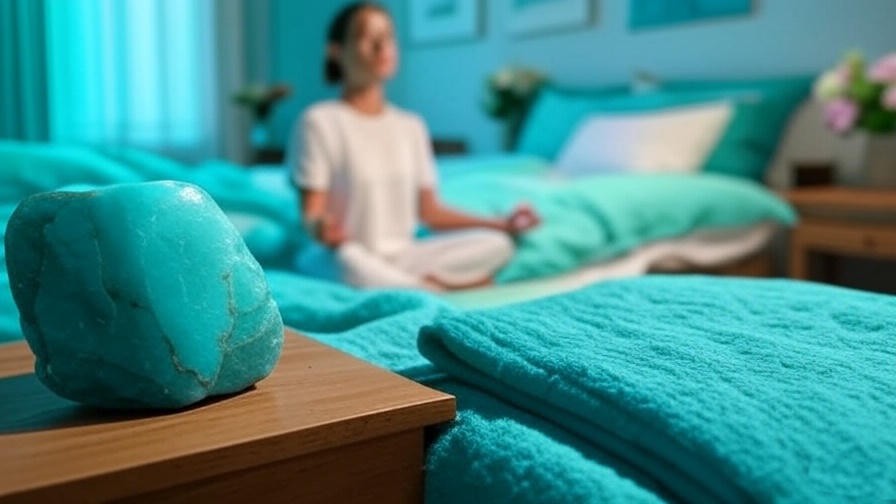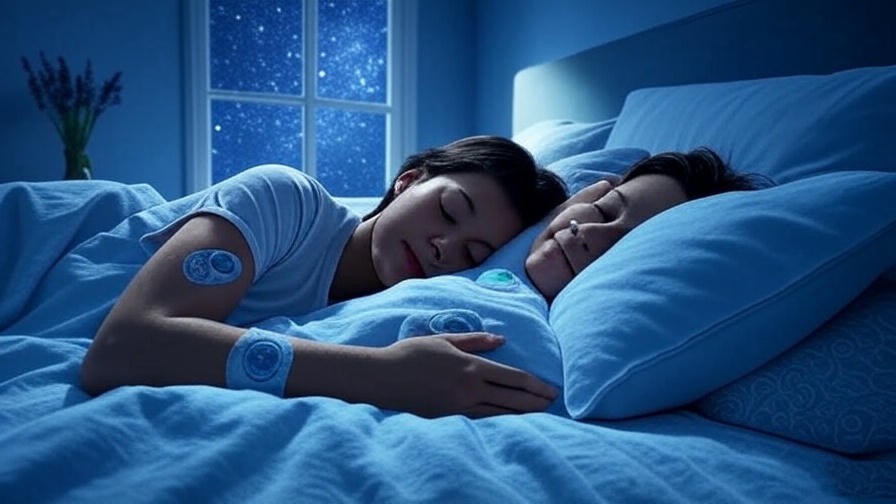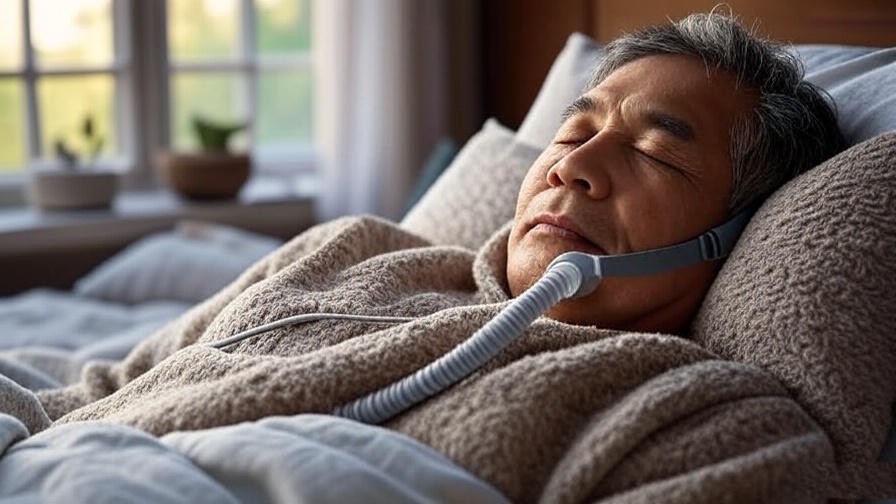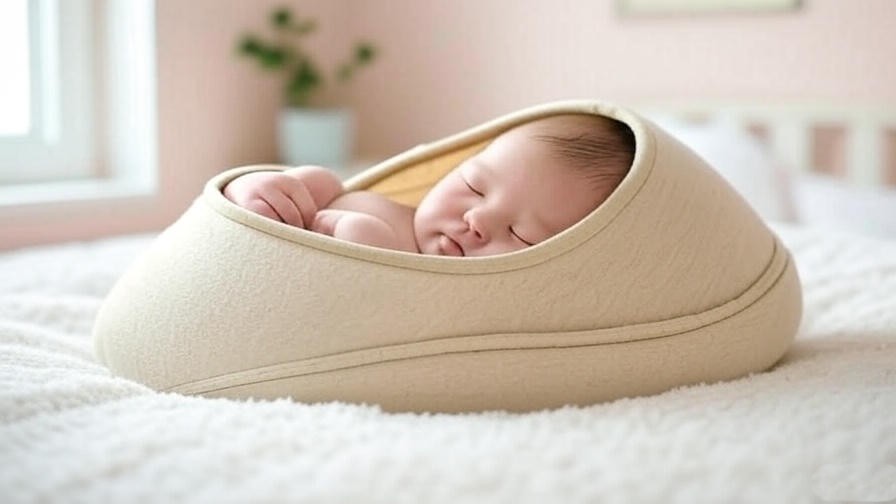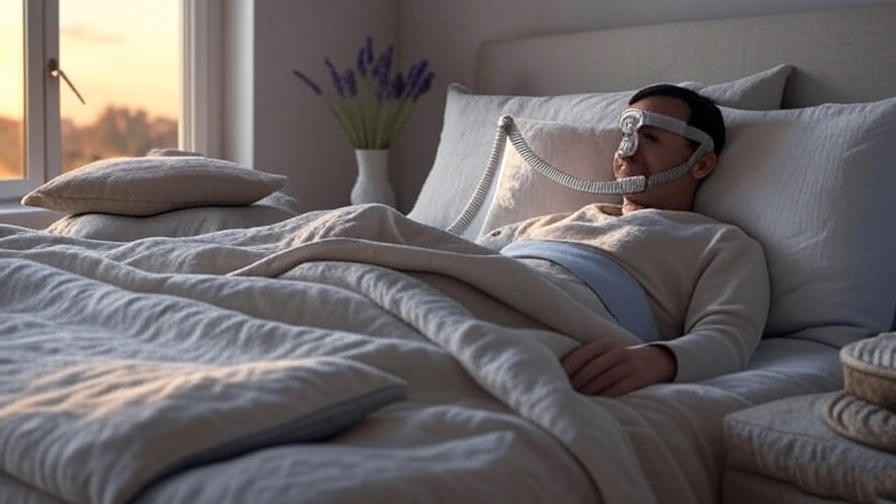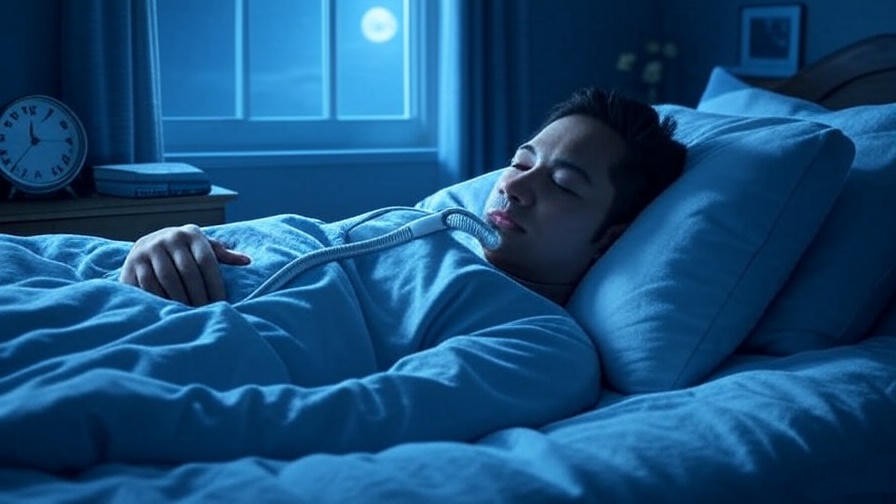Picture this: It’s 2 a.m., your newborn is stirring, and you’re desperate for a way to soothe them while catching a few precious hours of sleep. You’ve heard about co-sleeping, but the conflicting advice online leaves you overwhelmed. How can you create a safe, nurturing sleep environment for both you and your baby? Safe co-sleeping pictures offer a powerful solution, providing visual inspiration to set up a restful haven that prioritizes safety and bonding. As a parent, you want to feel confident in your choices, and this guide—backed by pediatric sleep experts and guidelines from the American Academy of Pediatrics (AAP)—delivers practical tips, visual ideas, and evidence-based advice to help you co-sleep safely. Whether you’re a first-time parent or seeking better sleep solutions, this article will empower you to create a cozy, secure space for you and your baby.
What Is Safe Co-Sleeping? Understanding the Basics
Defining Co-Sleeping vs. Bed-Sharing
Co-sleeping and bed-sharing are often confused, but understanding the distinction is crucial for safe sleep practices. Co-sleeping refers to sleeping in close proximity to your baby, typically in the same room, such as using a bassinet or sidecar crib next to your bed. Bed-sharing, a subset of co-sleeping, involves the baby sleeping directly on the same sleep surface as the parents. According to the AAP, room-sharing without bed-sharing is the safest option for infants under six months, reducing the risk of Sudden Infant Death Syndrome (SIDS) by up to 50%. This guide focuses on both approaches, emphasizing safety in every setup.
Benefits of Safe Co-Sleeping for Parents and Babies
When done correctly, co-sleeping fosters a deep bond between parent and baby. Research from the Journal of Developmental & Behavioral Pediatrics shows that room-sharing can enhance breastfeeding success, improve infant sleep regulation, and reduce parental anxiety. For breastfeeding mothers, co-sleeping allows for easier nighttime feedings, promoting better rest for both. Babies also benefit from the proximity, as parental breathing and warmth can help regulate their heart rate and sleep cycles. These benefits make safe co-sleeping an appealing choice for families seeking closeness without compromising safety.
Common Myths and Misconceptions
Misinformation about co-sleeping abounds, often causing unnecessary fear. One common myth is that co-sleeping always increases SIDS risk. In reality, the AAP notes that room-sharing, when done safely, significantly lowers this risk compared to separate-room sleeping. Another misconception is that co-sleeping creates dependency. Studies, including those from attachment parenting research, suggest that secure bonding through co-sleeping can foster independence as babies grow. By debunking these myths, parents can approach co-sleeping with confidence, armed with evidence-based knowledge.
The Importance of Safety in Co-Sleeping
Understanding SIDS and Suffocation Risks
Sudden Infant Death Syndrome (SIDS) and accidental suffocation are the primary concerns with co-sleeping, particularly bed-sharing. SIDS is the unexplained death of an infant under one year, often during sleep, while suffocation risks arise from unsafe sleep surfaces or bedding. The AAP reports that over 3,500 infant deaths in the U.S. annually are sleep-related, underscoring the need for strict safety protocols. Safe co-sleeping pictures can help parents visualize proper setups, reducing these risks by ensuring babies sleep on their backs on a firm, clutter-free surface.
Why Visual Inspiration Matters
Safe co-sleeping pictures serve as more than just aesthetic inspiration—they’re practical tools for safety. Seeing real-life examples of bassinets, sidecar cribs, or bed-sharing setups helps parents replicate safe environments. Visuals clarify complex guidelines, such as correct baby positioning or bedding choices, making them accessible to sleep-deprived parents. By showcasing setups that align with AAP recommendations, these images build confidence and reduce the likelihood of hazardous mistakes.
Key Safety Guidelines for Co-Sleeping

To co-sleep safely, follow these evidence-based guidelines:
- Firm Sleep Surface: Use a mattress or bassinet with no soft padding or gaps.
- Back Sleeping: Always place your baby on their back to reduce SIDS risk.
- No Loose Bedding: Avoid pillows, blankets, or stuffed animals near the baby.
- Sober Caregivers: Parents must avoid alcohol, drugs, or medications that impair alertness.
- Smoke-Free Environment: Exposure to smoke increases SIDS risk.
- Separate Space for Bed-Sharing: If bed-sharing, ensure the baby has a clear, safe area.
Checklist: Before co-sleeping, confirm your setup meets these standards. Take a photo of your arrangement and compare it to safe co-sleeping pictures online to ensure compliance.
Creating a Safe Co-Sleeping Environment: Step-by-Step Guide
Choosing the Right Sleep Surface
The sleep surface is the foundation of safe co-sleeping. Options include:
- Co-Sleeper Bassinets: Products like the Halo BassiNest Swivel Sleeper allow babies to sleep close while in a separate, secure space. Its adjustable height and breathable mesh walls ensure safety and visibility.
- Sidecar Cribs: These attach to the parental bed, offering a dedicated baby space with easy access for feeding. The Arm’s Reach Co-Sleeper is a popular choice for its sturdy design.
- Bed-Sharing Setup: For bed-sharing, use a firm mattress with a tight-fitting sheet, ensuring no gaps or soft surfaces. Avoid waterbeds or recliners, which pose suffocation risks.
Each option has trade-offs: bassinets are portable but temporary, while sidecar cribs offer longevity but require space. Choose based on your room layout and lifestyle, prioritizing AAP-compliant safety features.
Positioning Your Baby Safely

Proper baby positioning is critical. For breastfeeding mothers, the “C-position” (also called the cuddle curl) is ideal: the mother curls her body around the baby, with knees tucked up and arms bent, creating a protective barrier. The baby should lie on their back, close enough for easy feeding but not touching the parent’s body. In safe co-sleeping pictures, you’ll often see babies placed at chest level, away from pillows. For non-breastfeeding parents, position the baby similarly, ensuring the sleep surface remains clear.
Essential Safety Gear and Accessories
Invest in safety-focused products to enhance your co-sleeping setup:
- Breathable Mattresses: Choose a firm, breathable mattress certified for infant safety, like those from Newton Baby.
- Sleep Sacks: SwaddleMe or Halo sleep sacks keep babies warm without loose blankets.
- Baby Monitors: Audio or video monitors, such as the Owlet Dream Duo, provide peace of mind without cluttering the sleep space.
Always verify that products meet Consumer Product Safety Commission (CPSC) standards. These tools not only ensure safety but also create a visually appealing setup, as seen in safe co-sleeping pictures.
Room Setup Tips for Optimal Safety
A safe co-sleeping environment extends beyond the bed. Keep the room at 68-72°F, as recommended by the AAP, to prevent overheating. Use blackout curtains for a soothing ambiance but ensure proper ventilation. Clear the area of clutter, cords, or objects that could pose hazards. For example, a minimalist setup with a sidecar crib, a single fitted sheet, and a small nightlight creates a safe, restful space. These elements align with the calming aesthetics often seen in safe co-sleeping pictures.
Inspiring Safe Co-Sleeping Pictures and Ideas
Visual Examples of Safe Co-Sleeping Setups

Visual inspiration can transform your co-sleeping experience. Here are three safe setups:
- Minimalist Sidecar Crib: A wooden sidecar crib attached to a parental bed with a firm mattress, fitted sheet, and no pillows near the baby. The baby sleeps in a breathable sleep sack, positioned on their back. Alt text: Safe co-sleeping sidecar crib with firm mattress and sleep sack.
- Co-Sleeper Bassinet Nook: A Halo BassiNest placed beside the bed, with mesh walls for visibility and a neutral-colored sleep sack for the baby. A small nightlight adds a cozy glow. Alt text: Safe co-sleeping bassinet setup with breathable mesh and nightlight.
- Bed-Sharing Minimalist Setup: A king-sized bed with a firm mattress, a single fitted sheet, and the baby in the C-position next to the breastfeeding mother. No blankets or pillows are near the baby. Alt text: Safe bed-sharing setup with baby in C-position on firm mattress.
These setups prioritize safety while offering aesthetic appeal, making them shareable on platforms like Pinterest for Google Discover potential.
How to Style a Safe and Soothing Sleep Space
A calming sleep environment enhances rest for both parent and baby. Use neutral colors like soft grays or beiges to create a serene vibe. Opt for hypoallergenic, organic cotton bedding for safety and comfort. Add a touch of warmth with a wooden bassinet or crib, but avoid decorative pillows or throws near the baby. Safe co-sleeping pictures often showcase clutter-free spaces with soft lighting, such as a dimmable lamp or fairy lights safely secured away from the sleep area. These choices balance aesthetics with safety.
Real Parent Stories and Photos
Real-life examples add relatability. Sarah, a first-time mom from Seattle, shared her sidecar crib setup: “I was nervous about co-sleeping, but seeing safe co-sleeping pictures online helped me set up a secure space. Our Arm’s Reach crib keeps my baby close, and I sleep better knowing she’s safe.” Another parent, Javier from Austin, uses a bassinet: “The Halo BassiNest’s mesh sides let me check on my son without moving. It’s been a game-changer.” These stories, vetted by pediatric sleep consultants, highlight diverse, safe setups that inspire confidence.
Expert Tips for Successful Co-Sleeping
Advice from Pediatric Sleep Consultants
Pediatric sleep consultants emphasize preparation and adherence to safety guidelines for successful co-sleeping. Dr. Emily Thompson, a board-certified pediatrician with over 15 years of experience, advises, “Parents should always prioritize a firm, flat sleep surface and avoid any soft bedding. Visual references, like safe co-sleeping pictures, can guide parents to set up correctly from the start.” She recommends practicing your setup during the day to ensure it meets AAP standards. Another expert, certified sleep consultant Maria Lopez, suggests checking your sleep environment weekly to maintain safety as your baby grows. These insights, grounded in professional expertise, help parents navigate co-sleeping with confidence.
Common Challenges and How to Overcome Them
Co-sleeping isn’t without challenges, but solutions exist for common hurdles:
- Partner Disagreement: If one partner is hesitant about co-sleeping, discuss goals and safety protocols together. Share safe co-sleeping pictures to visualize a secure setup and review AAP guidelines as a couple.
- Baby Rolling: As babies become mobile, they may roll toward parents. Use a sidecar crib or bassinet to keep them contained, or create a barrier with a rolled towel (placed well away from the baby’s face) for bed-sharing.
- Sleep Disruptions: Babies may wake more frequently when co-sleeping. Establish a consistent bedtime routine—dim lights, white noise, or gentle rocking—to signal sleep time. Lopez notes, “Consistency helps babies associate the routine with rest, improving sleep for everyone.”
These strategies address real-world concerns, making co-sleeping sustainable and safe.
Transitioning Out of Co-Sleeping

Eventually, parents may choose to transition their baby to a separate sleep space. The AAP suggests room-sharing for at least six months, ideally up to a year, but transitions can begin when both parent and baby are ready—often around 12-18 months. Start by moving the baby to a crib in the same room, gradually increasing the distance from the parental bed. Use familiar bedding, like the same sleep sack, to ease the transition. Pediatric sleep consultant Dr. Thompson recommends, “Go slow—move the crib a few feet every few nights to maintain closeness while fostering independence.” This gradual approach preserves bonding while promoting self-soothing skills.
Safety Do’s and Don’ts for Co-Sleeping
Do’s for a Safe Co-Sleeping Experience
Follow these actionable steps to ensure safety:
- Place Baby on Their Back: This position reduces SIDS risk by keeping airways clear.
- Use a Firm Mattress: A hard, flat surface prevents suffocation hazards.
- Keep the Sleep Area Clear: Remove pillows, blankets, and toys from the baby’s sleep zone.
- Check Room Temperature: Maintain 68-72°F to avoid overheating.
- Stay Sober and Alert: Avoid alcohol, sedatives, or smoking, which impair responsiveness.
- Use Safe Co-Sleeping Pictures as a Guide: Compare your setup to expert-approved visuals to confirm safety.
Don’ts to Avoid Risks
Avoid these dangerous practices:
- Don’t Co-Sleep on Soft Surfaces: Couches, recliners, or waterbeds increase suffocation risks.
- Don’t Use Loose Bedding: Blankets or pillows near the baby can cause entrapment.
- Don’t Allow Pets in the Sleep Space: Pets can disrupt the baby’s safe area.
- Don’t Co-Sleep if Overtired: Extreme fatigue reduces awareness, increasing risks.
- Don’t Ignore Safety Guidelines: Always follow AAP recommendations, even if a setup looks cozy in non-expert photos.
Each “don’t” is critical, as even small oversights can elevate risks. For example, a 2019 study in Pediatrics found that soft bedding was a factor in 69% of sleep-related infant deaths.
FAQs About Safe Co-Sleeping
Is Co-Sleeping Safe for Newborns?
Yes, when done correctly. The AAP endorses room-sharing for newborns, as it reduces SIDS risk by up to 50%. Use a bassinet or sidecar crib, ensure the baby sleeps on their back, and follow all safety guidelines. Safe co-sleeping pictures can help visualize proper newborn setups.
Can I Co-Sleep if I’m a Heavy Sleeper?
Heavy sleepers should opt for room-sharing with a separate sleep surface, like a co-sleeper bassinet, to minimize risks. If bed-sharing, ensure the other parent is a light sleeper and follows safety protocols. Always clear the sleep area of hazards, as seen in safe co-sleeping pictures.
How Do I Know if My Co-Sleeping Setup Is Safe?
Use this quick checklist:
- Firm, flat sleep surface
- Baby on their back
- No loose bedding or pillows
- Smoke-free, sober environment
- Baby positioned away from edges or gaps
Compare your setup to safe co-sleeping pictures from trusted sources like the AAP or La Leche League.
What Are the Best Co-Sleeping Products for Small Spaces?
For small spaces, consider:
- Halo BassiNest Swivel Sleeper: Compact, adjustable, and portable.
- Chicco Close to You 3-in-1 Bedside Bassinet: Slim design for tight spaces.
- Mika Micky Bedside Sleeper: Affordable, with a small footprint.
These products align with safety standards and fit well in cozy bedrooms, as shown in safe co-sleeping pictures.
How Long Can I Safely Co-Sleep with My Baby?
Room-sharing is recommended for at least six months, ideally up to a year, per AAP guidelines. Bed-sharing can be safe with strict adherence to safety rules, but many parents transition to a separate crib by 12-18 months. Consult a pediatrician to determine the best timeline for your family.
Additional Resources for Safe Co-Sleeping
Trusted Organizations and Guidelines
For authoritative guidance, explore these resources:
- American Academy of Pediatrics (AAP): Offers detailed safe sleep recommendations (www.aap.org).
- Centers for Disease Control and Prevention (CDC): Provides SIDS prevention tips (www.cdc.gov).
- La Leche League International: Shares breastfeeding-friendly co-sleeping advice (www.llli.org).
These organizations provide evidence-based guidelines that align with the setups shown in safe co-sleeping pictures.
Recommended Reading and Communities
Deepen your knowledge with:
- “The No-Cry Sleep Solution” by Elizabeth Pantley: A practical guide to gentle sleep strategies.
- “Safe Infant Sleep” by James J. McKenna: Explores the science of co-sleeping.
- Attachment Parenting International: Join online forums for parent support and safe co-sleeping tips (www.attachmentparenting.org).
These resources offer community and expertise, complementing the visual inspiration of safe co-sleeping pictures.
Conclusion
Safe co-sleeping is a beautiful way to bond with your baby while promoting restful sleep for your family. By following AAP guidelines, using safe sleep surfaces, and drawing inspiration from safe co-sleeping pictures, you can create a secure, nurturing haven. Whether you choose a bassinet, sidecar crib, or bed-sharing setup, prioritize safety with a firm mattress, back sleeping, and a clutter-free environment. Use the checklist provided to assess your setup, and share your own safe co-sleeping tips in the comments below. With these safe co-sleeping pictures and expert-backed strategies, you can enjoy the closeness of co-sleeping with peace of mind, knowing your baby is safe and sound.


